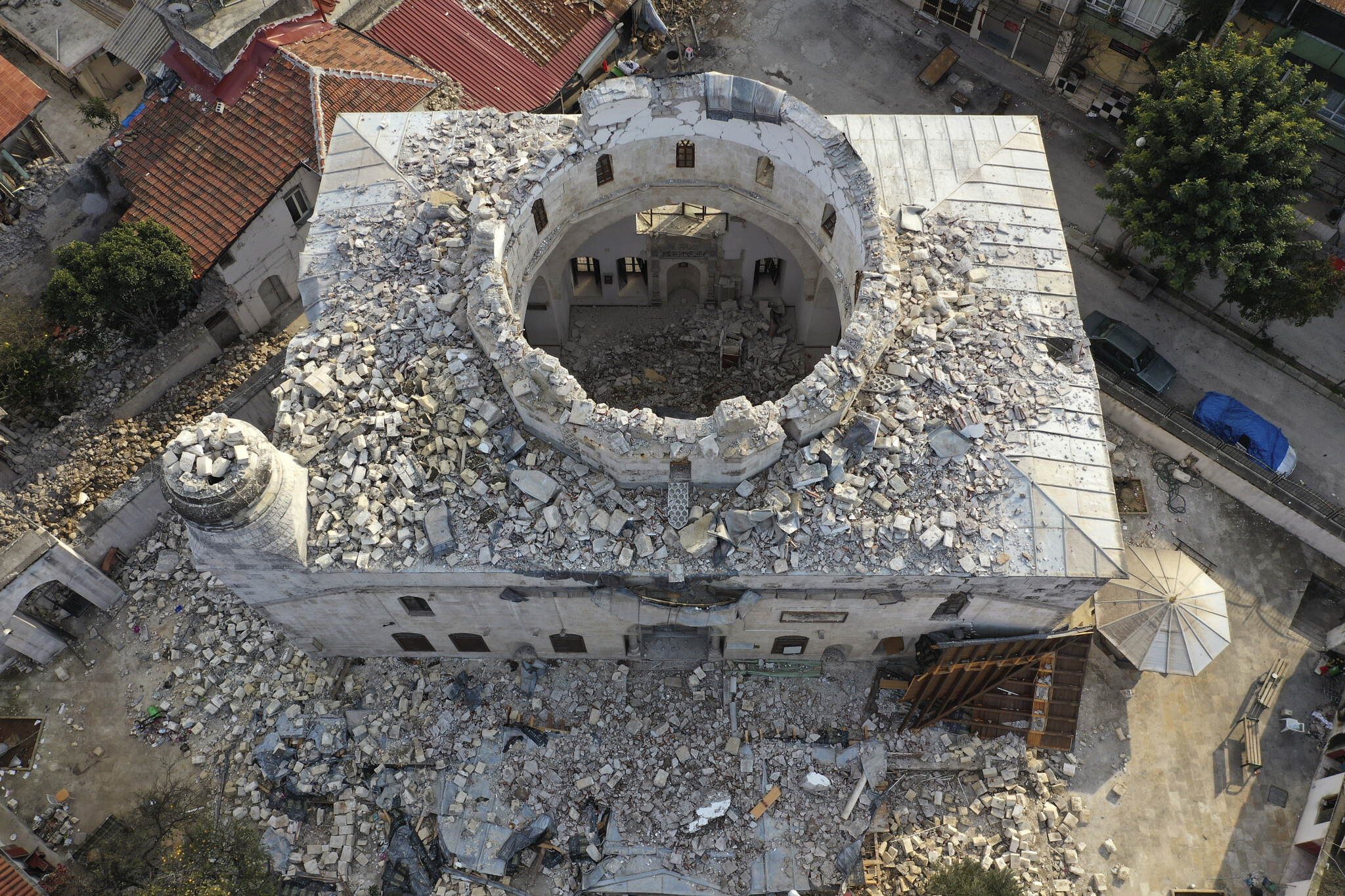As Turkey reels from last month’s devastating earthquakes, the reconstruction of Golcuk could offer glimpse into what needs to be done now.
Golcuk, Turkey – Life is breezy in this corner of northwestern Turkey, simple and unhurried. Families live mostly in low-rise homes and stroll in large green areas overlooking the waters of the Marmara Sea. Roads are modern and the public infrastructure is brand-new.
But it was not always like this. In August 1999, the small town of Golcuk was the epicentre of a magnitude-7.4 earthquake that rocked Kocaeli province and the wider Marmara area. Thousands of buildings crumbled like sandcastles and more than 17,000 people died across the region.
The devastation, however, was followed by a systematic reconstruction process that has since transformed Golcuk into “the Paris of Kocaeli” – as some residents call it, with a touch of pride – and a perceived safe haven in a country that is regularly blighted by earthquake disasters.
The most recent was a month ago, when two powerful tremors killed nearly 50,000 people and wrecked tens of thousands of buildings across southern Turkey.
As the country seeks to process the latest tragedy, many believe that the rebuilding of Golcuk could offer a glimpse of what successful reconstruction in the affected southern cities may look like.
“We feel very secure living here,” said Baki Kotan, a Golcuk resident and survivor of the 1999 quake. “It was re-built so much better that it attracted new people and investors.”
Less than an hour’s drive away from Istanbul, Kocaeli is Turkey’s industrial heartland. From the 1960s and onwards, it was a prime destination for people migrating from the rural east towards the more developed west. This created a huge demand for cheap housing. By 1999, the region accounted for a third of the county’s economic growth and 45 percent of its industrial capacity.
But then, at 3:01am on August 17 of that year, the earth began shaking.
The jolt lasted for less than a minute but the catastrophe was such that it took about three months to clear the rubble, recalled Ismail Baris, the then-mayor of Golcuk. A total of 15,000 buildings were destroyed in the town.
But as survivors grappled with the aftermath of the disaster, a post-quake recovery plan was swiftly set in motion. Inspectors began conducting soil testing, a practice that was not widely used before, to help them decide how to split the area into zones for residences and economic activities.
aljazeera.com
